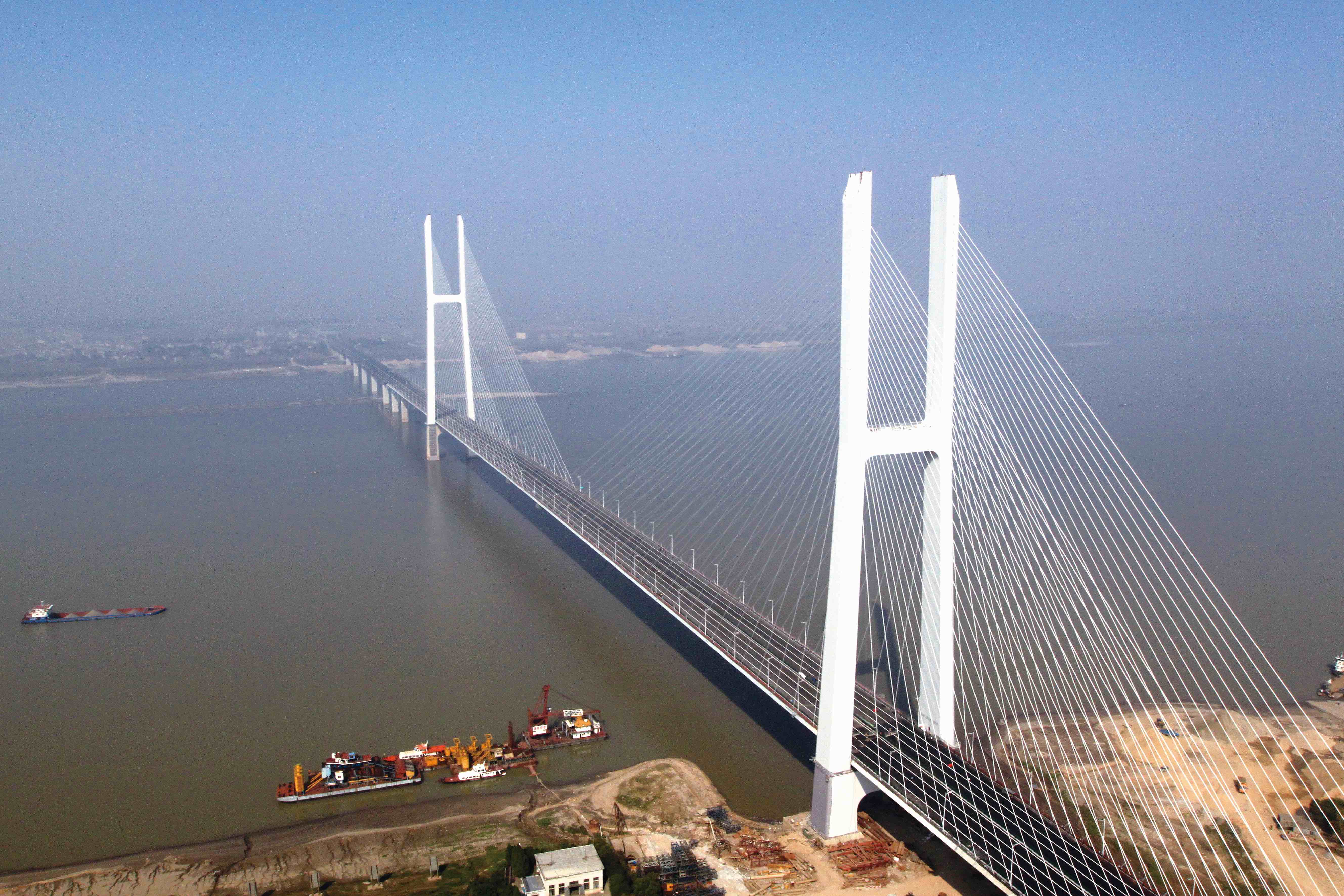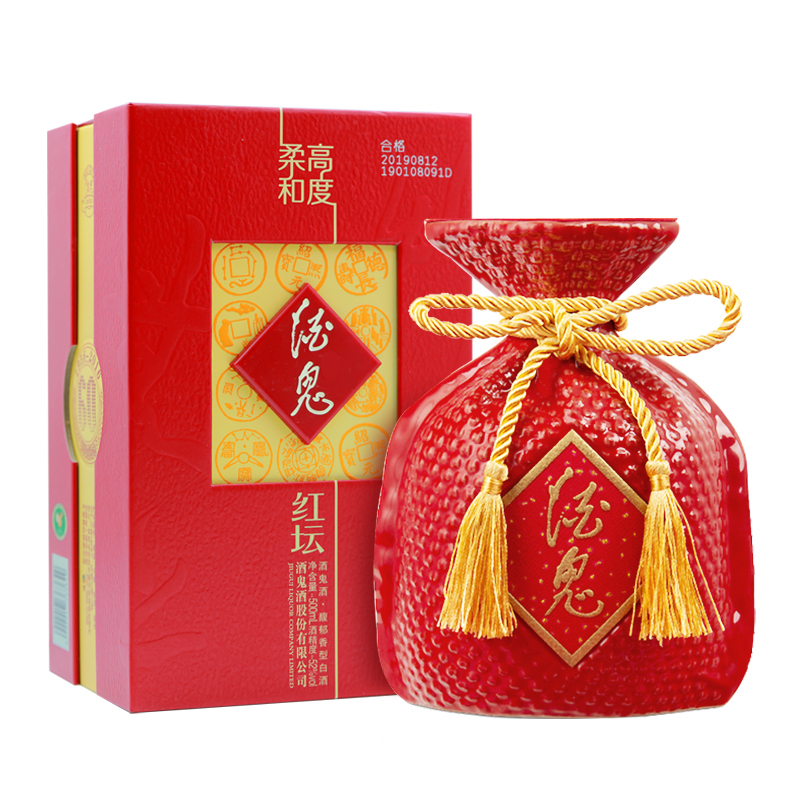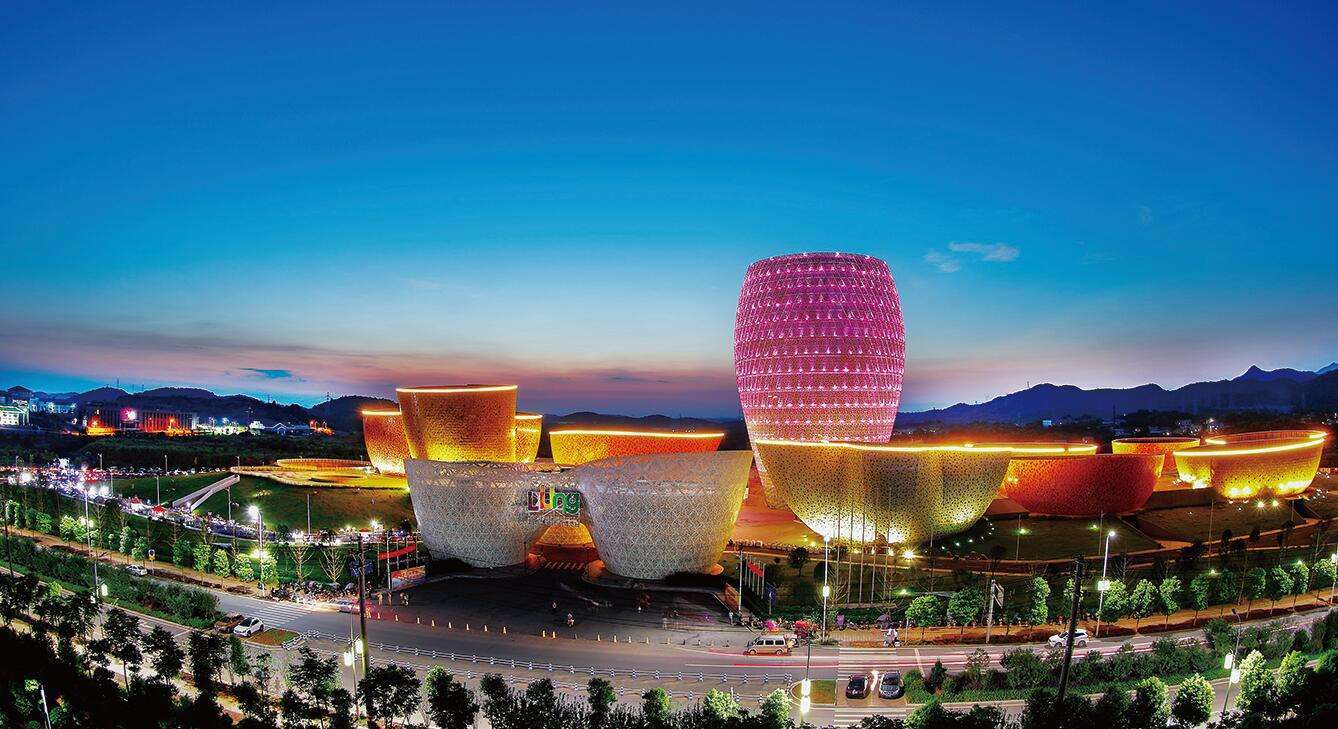
Deutsch-Chinesische Enzyklopädie, 德汉百科
 Hunan Sheng-HN
Hunan Sheng-HN












浏阳河发源自浏阳市大围山北麓浏河源村[2][3],有大溪河和小溪河两条源流,大溪河流经大围山镇、达浒镇、官渡镇、沿溪镇、永和镇、古港镇、关口街道,小溪河流经张坊镇、小河乡、高坪镇等乡镇,并在高坪镇双江村交汇[4],始称“浏阳河”,在长沙县江背镇湘阴港村流入长沙县[5],最终于长沙市开福区的陈家屋场注入湘江。
湘江在高坪镇双江口以上称为上游,水流湍急,多有支流。[6]浏阳河在高坪镇双江口至镇头之间为中游,沿岸丘陵起伏,盆地错落其间,亦有峡谷。浏阳河在镇头镇涧江河河口段以下为下游,地势平坦,水流较缓。
The Liuyang River (simplified Chinese: 浏阳河; traditional Chinese: 瀏陽河; pinyin: Liúyánghé), also known as Liu River (simplified Chinese: 浏水; traditional Chinese: 瀏水) or Liuwei River (simplified Chinese: 浏渭河; traditional Chinese: 瀏渭河), is a right-bank tributary of Xiang River, the largest tributary of Xiang River in Changsha, Hunan Province, China. The river has a length of 234.8 kilometres (145.9 mi) with its drainage area of 4,665 square kilometres (1,801 sq mi), accounting for 39.47% of the total area of Changsha, with surface water resources of 4,506 million cubic meters, accounting for 41.08% of that (as of 2014). It flows through Liuyang City, Changsha County, Yuhua, Furong and Kaifu Districts, and merges into Xiang River at Xinhe Delta Mouth (Chinese: 新河三角洲) of Kaifu District.[1]
The Liuyang River flows generally east to west. It rises in the Dawei Mountains (Chinese: 大围山) of north Luoxiao Range, its main stream runs through more than 20 towns and townships. The Liuyang River has two source flows which are Daxi River (Chinese: 大溪河) and Xiaoxi River (Chinese: 小溪河), of which Daxi River is the main stream and its upper course.
 Architecture
Architecture

 Eat and Drink
Eat and Drink
 Geography
Geography